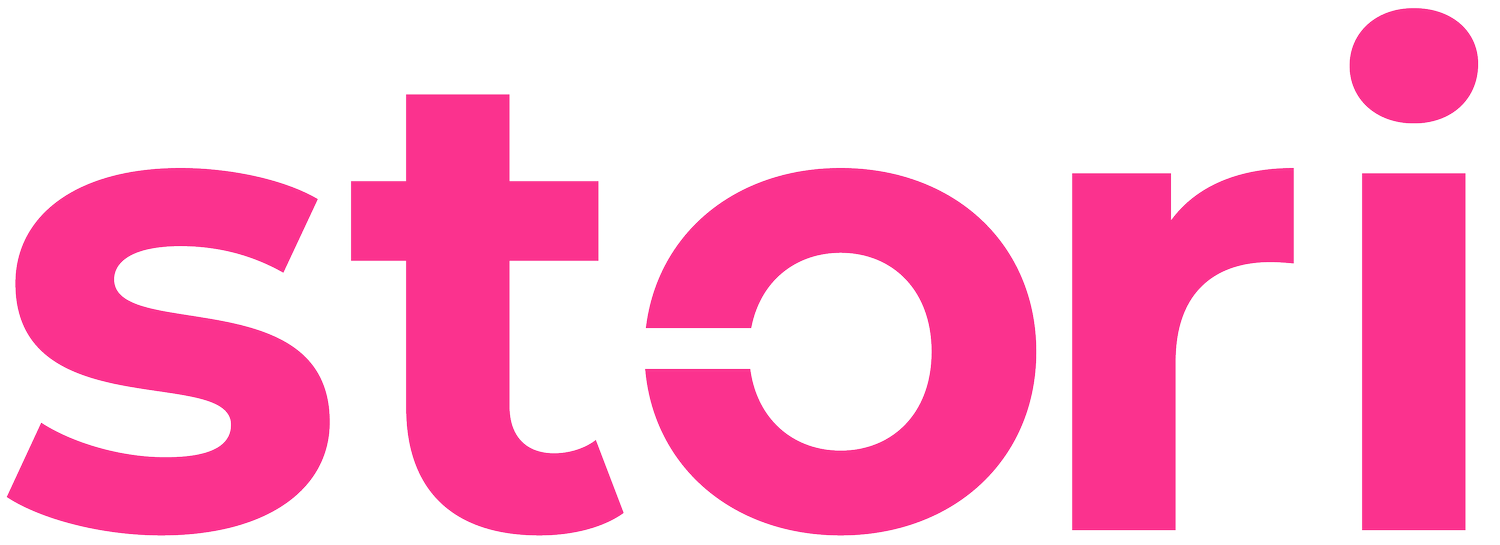Think like a journalist and ask the extra question.
Making the extra phone-call, sending the extra email and considering WhatsApp for student interviews were amongst the insights from our conversation with freelance journalist and Guardian Students contributor Tess Reidy.
We were lucky enough to take part in Unibuddy’s HE Europe Summit last week. As part of a fascinating day’s content we hosted a session called Thinking like a journalist.
During the session we interviewed freelance education and culture journalist Tess Reidy about how university comms and marketing teams can work better with the media and how to ‘think like journalists’ when creating their own content.
Why HE?
Tess kicked off by telling us why she enjoys covering higher education stories, “with HE vs fashion or trends coverage the stories I work on matter to people and can be long-lasting.”
“University news stories can give parents and students information they need to help them make really important decisions.”
Student voice
One thing marketeers and journalists covering the sector have in common is finding the right student voices to include in their content.
For Tess, getting students' views can happen in a number of ways. Occasionally as introductions through university press teams (although she was at pains to point out she would never use pre-supplied quotes) or more frequently she will hunt out student opinions herself.
“I’d often go straight to students themselves, there's lots of channels where students are actually putting themselves out there you know. If they've got an issue with accommodation you can find out about that, or there's lots and lots of Instagram accounts based around University issues, so you can go direct”
Being flexible with your lines of communication can pay dividends too. “[Young people] don't want to talk on the phone especially, I wouldn't even consider asking them to.
“So I think you can message them and I think another thing if you're talking to students, if you message them, say on Twitter or on other social media, and they often reply pretty quickly and you can have a conversation. Because those are the channels they have on most.”
Tess explained you can even ask questions and check quotes via WhatsApp which can speed things up and avoid forcing young people through channels they aren’t so keen on.
Monitoring social media channels
It will be obvious to most, but it bears repeating that all universities should be keeping on student led social media groups. Because journalists and prospective students certainly are.
“You can see which stories everyone's interested in, rather than a grumble of one student, because they will start talking about the facts and know certain things, say about their lectures and then everybody piles in on a discussion.”
“It means that obviously it's an issue that's bothering them or something they like.”
Talk to as many people as possible
One of Tess’s strongest pieces of advice for content creators and those of us who are telling stories - is talk to as many different people as possible.
It might be hard to do time wise or you might feel like you are imposing, but one of a journalist's key skills in telling stories is knowing that they aren't the subject expert and speaking to as many people connected to an issue as possible.
“I normally try and talk to as many people as I can within the timeframe of however long I have to hand it in. So, always make that extra phone call or send that extra email even if you think your story is nearly done.”
To find out more about our workshops on thinking (and writing) like a journalist, get in touch with Trina here.

